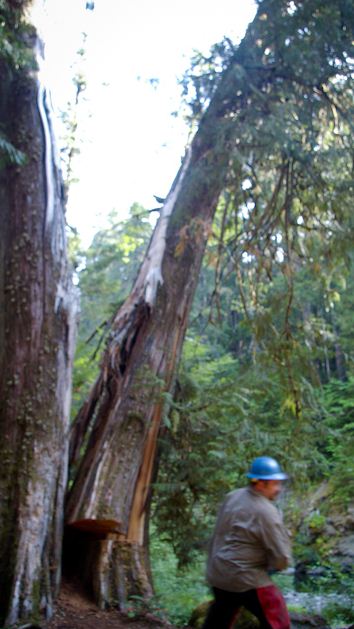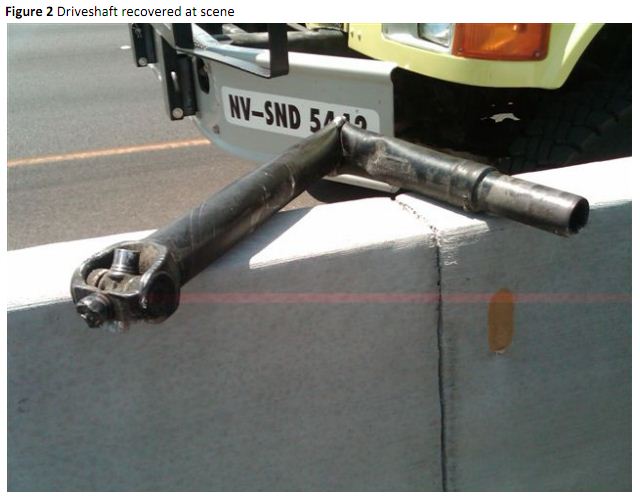The Great Falls Tribune has an article about a little-known multiple fatality fire that occurred 30 miles west of Choteau, Montana, (map) August 25, 1931, probably on the Flathead National Forest. The U. S. Forest Service has paid little attention to this incident. Four of the five victims do not even have headstones on their graves. However, Charlie Palmer, a former Missoula smokejumper who is writing a book about the fire, said one of them, Herbert Novotny, will receive a headstone September 25 at 2 p.m. in Highland Cemetery in Great Falls, MT (map). It is being donated by Malisani Inc. of Great Falls, a ceramic tile, terrazzo, granite, and marble contractor.
We added this fire to our descriptions of Infamous Wildland Fires Around the World which is on our Documents page. Here is how it appears in that list:
===================================
Date: 25 August, 1931
Name: Waldron Creek
Location: 30 miles west of Choteau, Montana
Web link: http://goo.gl/Hjr5R
Brief Description: Inexperienced firefighters were hired off the street to suppress the fire. From the link above: “Things went terribly wrong on Aug. 25, 1931, when the 300-acre fire blew up and more than doubled in size. On that day, a handful of inexperienced firefighters who had been hired in Great Falls decided to branch off from the others, apparently at the suggestion of a Canadian man among them. It was a fatal mistake. Fire swept over the group of firefighters, and five perished.” The dead included: Herbert Novotny, Frank Williamson,Hjalmar G. Gudmundson of Arborg, Manitoba, Canada; Ted Bierchen of Chicago, and Charles Allen of Pittsburgh, Pa. The Teton County coroner listed this cause of death on each man’s death certificate: “No one to blame but himself.” Charlie Palmer, a former Missoula smokejumper, is writing a book about the incident.
Thanks go out to Chris






